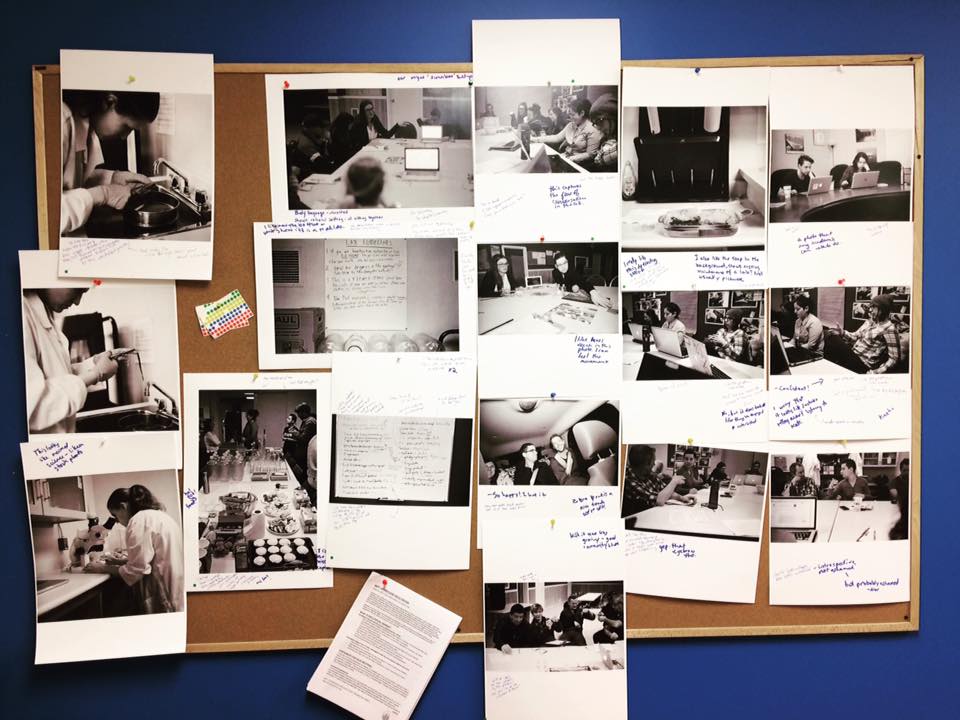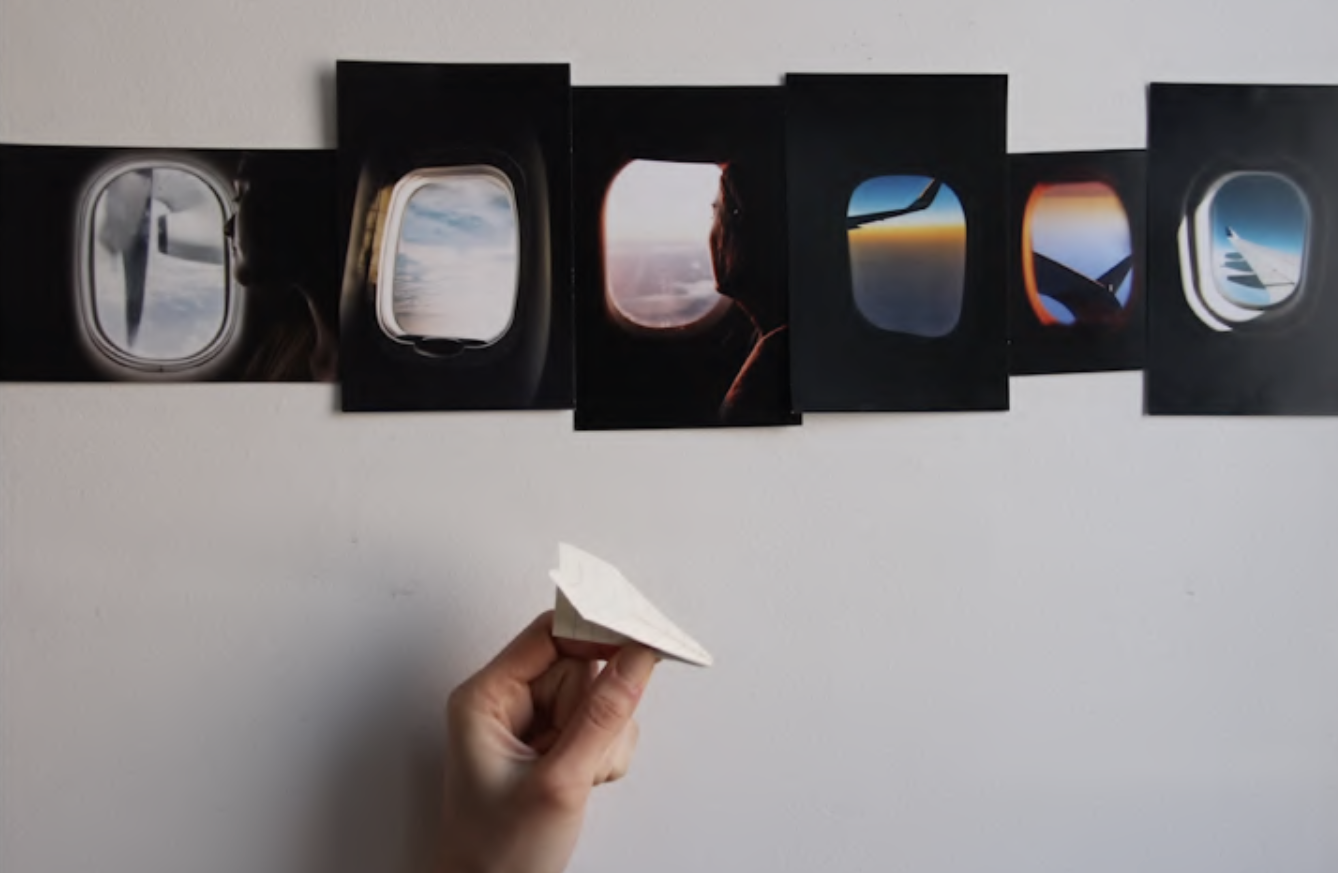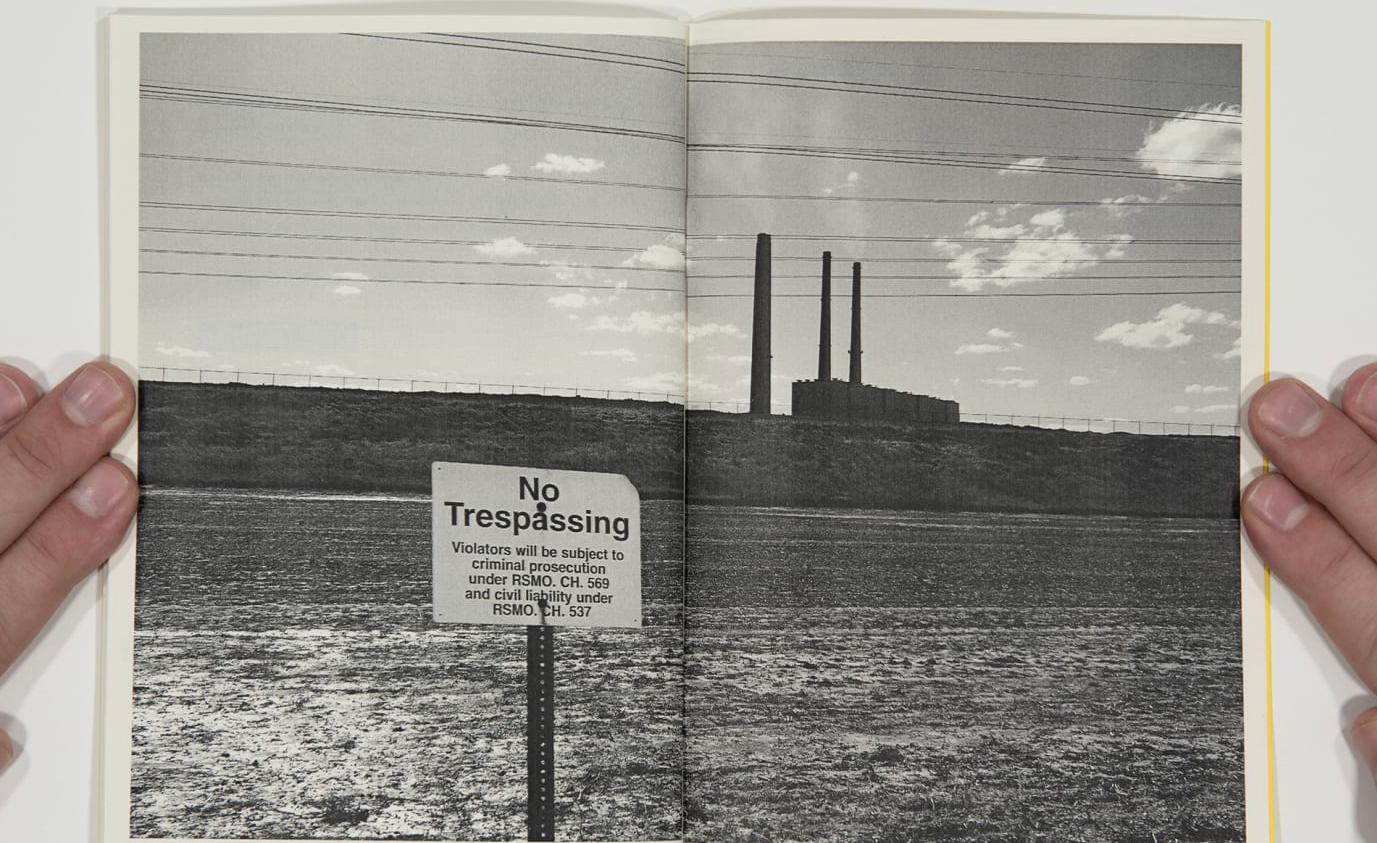Table of Contents

CLEAR is pleased to announce the recipients of our first ever artist-in-residence (AIR) program!
We received well over 200 applications and were impressed by the ethical and political commitments of applicants. And we got to see a lot of great art. In the end, we choose artists whose methods and topics explicitly addressed colonialism and anticolonialism as well as artists who were working deeply on some of the specific problems we are also working on.
Artists will become full lab members during their four-week residency, complete with health and safety laboratory testing, training in how to look for plastics in animal gastrointestinal tracts, and mandatory attendance at weekly lab meetings. They will work collaboratively with their fellow lab mates to decide what type of work would be of mutual benefit and what furthers our shared goals of intersectional feminist and anticolonial methods of knowledge production. Also, it’s going to be fun.
CLEAR is pleased to welcome our future artist lab members:
Mukhtara Yusuf
Mukhtara Yusuf (she/they) is a Yoruba scholar, designer, and multimedia artist working at the intersections of decolonizing design, science and technology studies, and Yoruba studies. Over the past five years, Yusuf’s work has focused on plastic waste in Lagos, Nigeria, including the relationship of plastic and oil. She is interested in the psycho-emotional consequences of social and environmental issues. One key interest of her work has been the Nigerian petroleum industry’s role in the production of harmful plastic globally alongside its role in emotional and physical harm through land disenfranchisement. Through both material and non-material impacts, the ecology of the country’s oil production operates as a site where the indigenous is not only devalued but actively harmed, evicted, and erased.

One of our favourite parts of Mukhtara Yusuf’s work is their work-in-progress on decolonizing colour: “the histories of colour in Western art and design reveals a field of signification and meaning-making that is not only deeply racialized but has assigned ‘universal’ meaning to what are actually arbitrary signifiers powered by cultural reproduction and given dominance through the hegemony of Western science.”
Pam Hall
CLEAR is familiar with Pam Hall’s (she/her) work as a local settler artist who works on collaborations that communicate local knowledge as a collective heritage. In particular, we are a fan of Towards an Encyclopedia of Local Knowledge, an collaborative art-and-knowledge project engaging hundreds of collaborators in Newfoundland communities on the Northern Peninsula and Bonne Bay for Chapter 1; on Fogo Island and Change Islands, for Chapter 2; and partnering with Mi’kmaq artist Jerry Evans and community collaborators in Miawpukek for Chapter 3.

Hall’s collaborations ask questions about the privileges, processes and practices of making and moving knowledge, and she consistently asks one of the same questions we do at CLEAR: “How do fish harvesters know the world?”
Prakash Krishnan
A former health physicist in the nuclear waste industry, Prakash Krishnan (any pronoun) is a settler-of-colour artist whose recent mixed media work looks at the links between nature tourism, neocolonialism, and settler-of-colour identity. We are really excited about this since the conversation around colonialism in Newfoundland and Labrador is not yet fluent in the complexities and nuances of settlers-of-colour, an issue CLEAR is ready to invest in.

Krishnan’s work is premised on research-creation through mixed media and artistic, curatorial, artistic, performative community organizing, and archiving work. There are a lot of tools in this basket (to mix metaphors) and we’re looking forward to digging in with Krishnan during their CLEAR AIR.
Amaia Gabantxo
Amaia Gabantxo (she/her) is a writer, literary translator from Basque, and a flamenco singer now settled in Chicago. A lot of her work is a little of all of these things. She wrote about the frustrations of being fetishized, romanticized and made a cliche that perpetuates myths about “what we are like” as speakers of “an endangered, indigenous language,” and we said, yep.

We were enamoured with her piece Of Bats and People, a narrative that speaks of her experience as a child growing up in a small Basque fishing village with a psychiatric hospital following an open-door policy–“the patients were free to roam among us; the village collectively looked after them.” Though the writing is beautiful, we were equally taken with the tactics of the story: wrapped inside the autoethnography is the poetry of a female neurodivergent Basque poet, which Gabantxo could not get published any other way.
Emily Roehl
Emily Roehl (she/her) is a settler writer, photographer, book publisher and energy humanist from the Great Plains, Pawnee land. She uses various formats (photography, digital map platforms like Google maps, text, and websites) to document and story energy landscapes, mostly in terms of the petrochemical industry. The petrochemical industry is a close sibling of the plastic industry.

We’ve been thinking about ways to link the petrochemical landscape and heritage in our province to local plastics for some time. We’re hoping Roehl can help us with that.
The featured image for this post is from our first photographer-in-residence several years ago, Bojan Fürst. He created a series called “How We Do Science” and used collaborative curation to choose the photos and captions in that series. CLEAR is also indebted to filmmakers Noah Hutton and Taylor Hess who became lab members while they filmed GUTS, a short doc on CLEAR. With Hutton and Hess, we learned about anticolonial and feminist consent processes and accountability contracts between the artists and other lab members. Thank you to you three.
